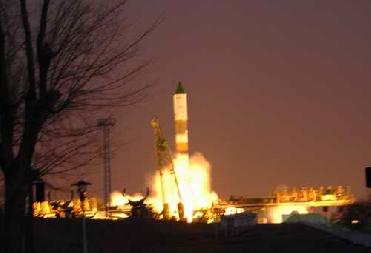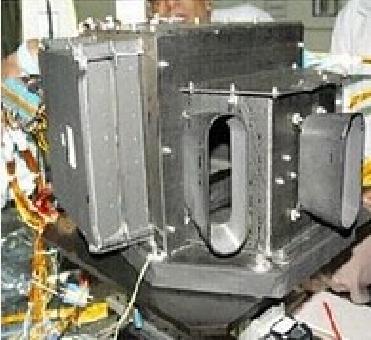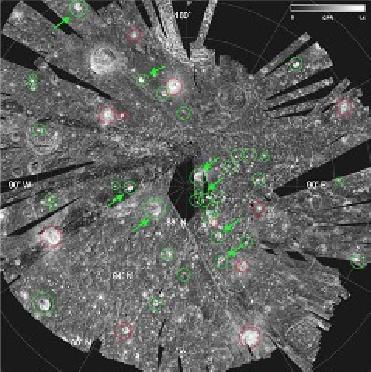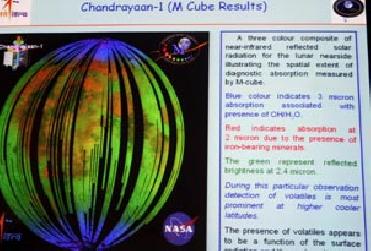
3D-view of the moon generated using Chandrayaan-1 TMC imagery of Nov 23, 2008. ISRO photo
LONDON (BNS): The European C1XS X-ray camera on board India�s Chandrayaan-1 lunar orbiter has detected the presence of magnesium, aluminium and silicon on the Moon during a small solar flare, the European Space Agency (ESA) said in a statement.
C1XS recorded the X-ray signal from a region near the Apollo landing sites on 12 December 2008 at 03:36 CET, said ESA. The detection is a key step in mapping the mineralogical composition of the Moon's surface in order to study its origin and evolution.
The X-ray camera collected 3 minutes of data from the Moon just as the flare started. The signal reveals the X-ray fingerprint of a part of the lunar surface. As the mission continues, C1XS will build up a detailed picture of the ingredients that have gone into the Moon - our eighth continent, ESA says.
The solar flare that caused the X-ray fluorescence on the lunar surface was approximately 20 times weaker than the minimum C1XS has been designed to detect. "The instrument has exceeded expectations as to its sensitivity and has proven by its performance that it is the most sensitive X-ray spectrometer of its kind in history," said Shyama Narendranath, Instrument Operations Scientist at ISRO.
The detection is a key step in mapping the mineralogical composition of the Moon's surface to study its origin and evolution.
Professor Manuel Grande, Principal Investigator for C1XS at the Aberystwyth University, added, "The quality of the flare signal detected from the Moon clearly demonstrates that C1XS is in excellent condition and has survived the passage of Chandrayaan-1 through the Earth's radiation (or van Allen) belts with very little damage. This is excellent news for the rest of the Chandrayaan-1 mission".
"The first results from C1XS, an upgraded version of the X-ray camera that flew on ESA's SMART-1 lunar mission, are very promising," said Christian Erd, the Chandrayaan-1 Project Manager at ESA.
"These data are the building blocks of the first global mineralogical map of the Moon - key to understanding our only natural satellite," added Detlef Koschny, ESA Chandrayaan-1 Project Scientist.
 Previous Article
Previous Article Next Article
Next Article













The Indian Air Force, in its flight trials evaluation report submitted before the Defence Ministry l..
view articleAn insight into the Medium Multi-Role Combat Aircraft competition...
view articleSky enthusiasts can now spot the International Space Station (ISS) commanded by Indian-American astr..
view article